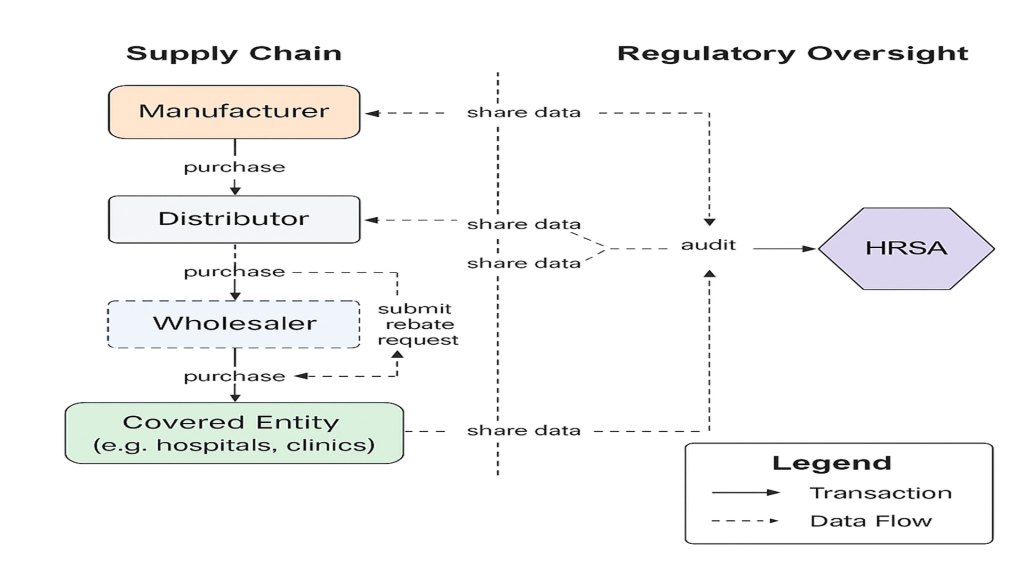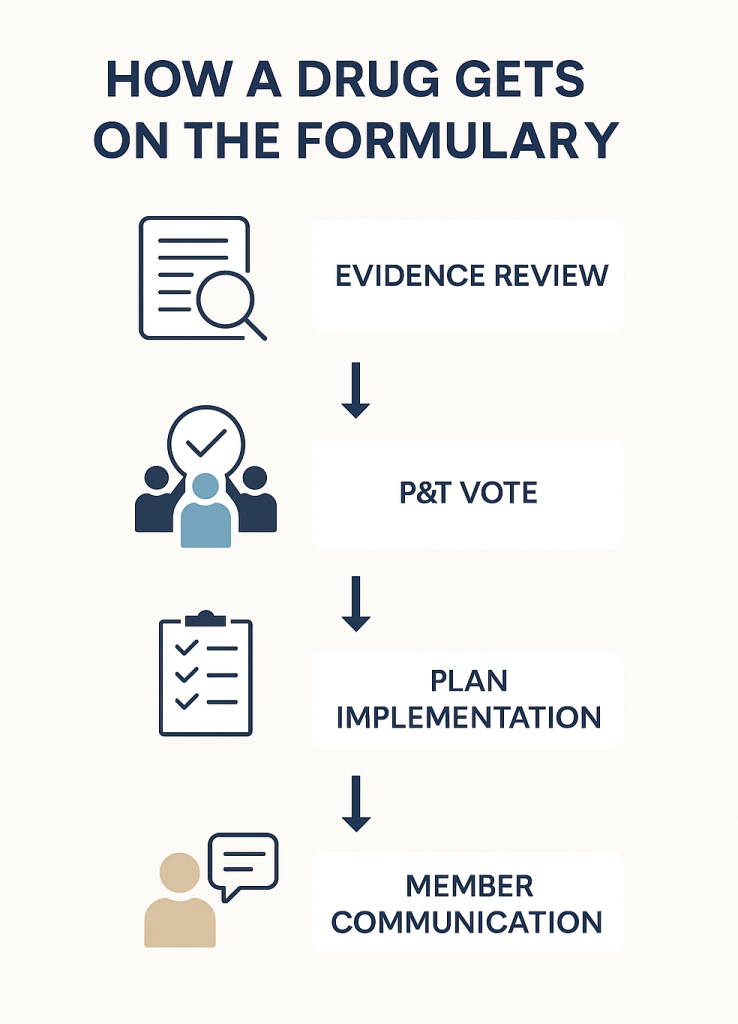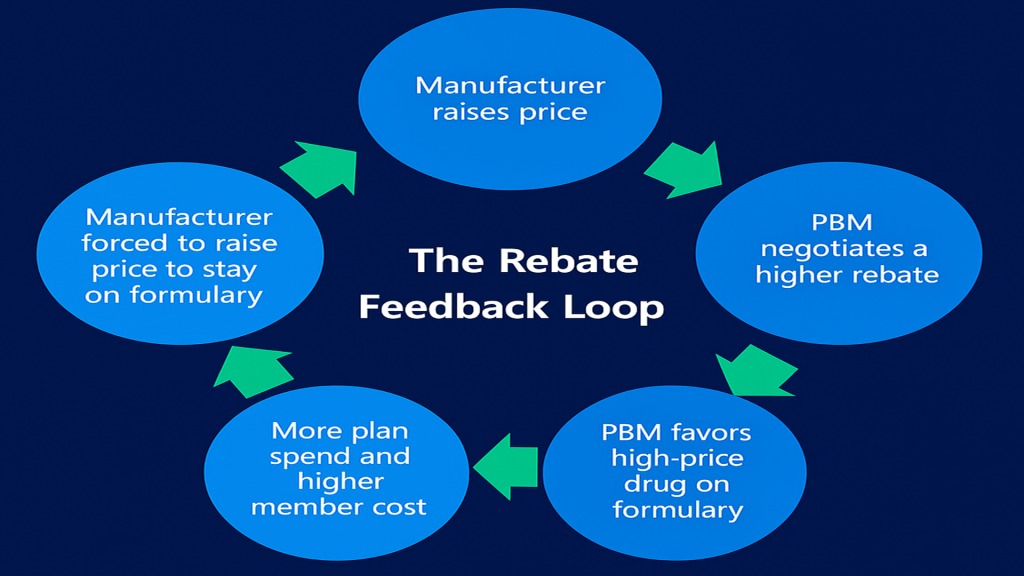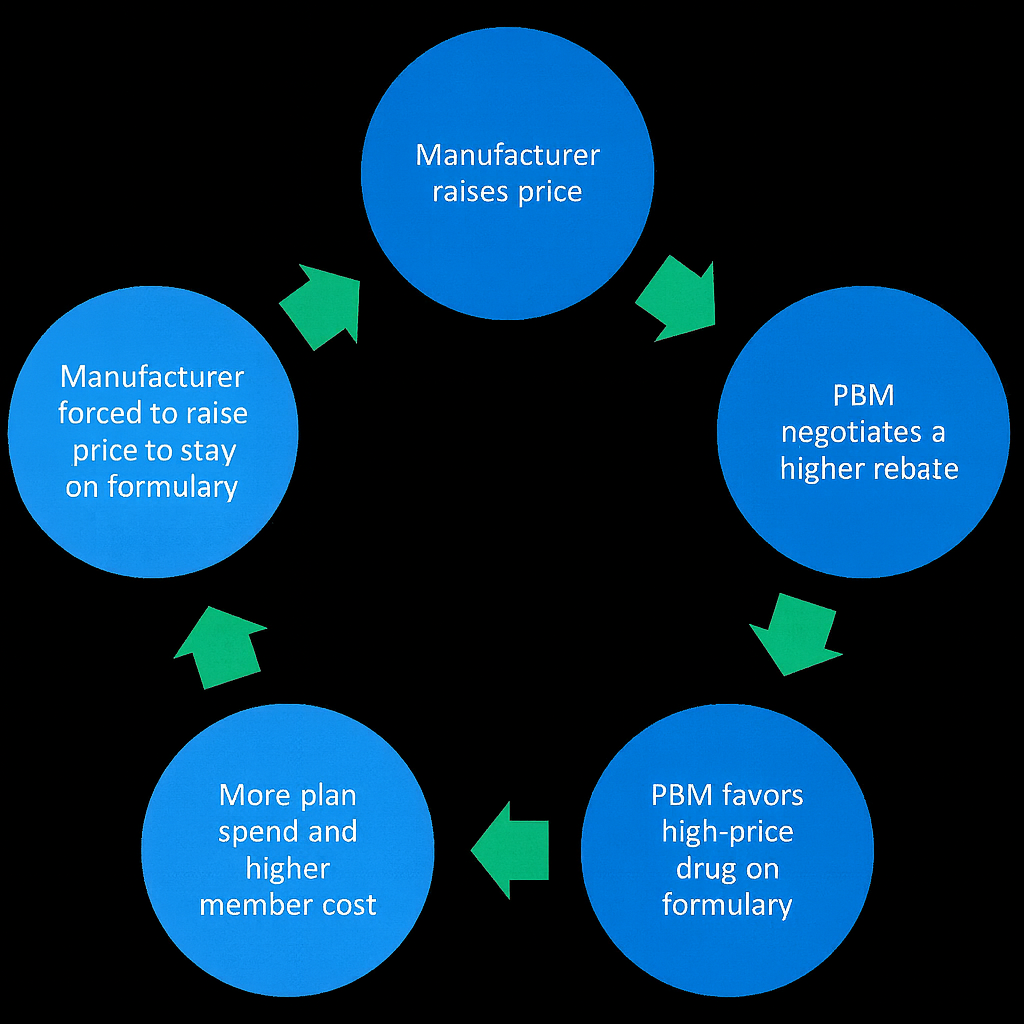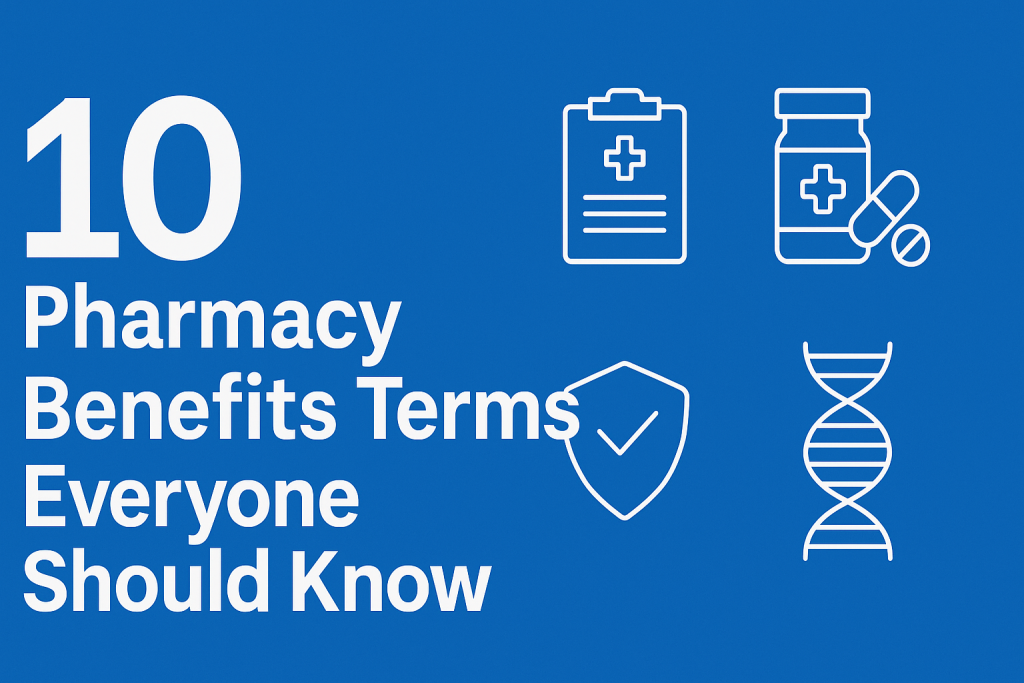What It Means to Be a Fiduciary PBM
California’s new PBM fiduciary law has finally put into writing what it means to be a fiduciary PBM. PBMs that manage someone else’s money should be required to act in that person’s best interest. The law matters because prescription drug spending continues to rise, and most plans still operate with limited visibility into how their PBM gets paid, what incentives drive decisions, and whether those decisions help or hurt members.
With this shift, employers and consultants have an opening to reset expectations. The moment demands clarity about what fiduciary PBM behavior looks like in day to day practice, not just in theory. Below is a breakdown of ten core requirements that define how a fiduciary PBM works, with short before and after examples and one verification step you can put in place for each.
1. Duty of Care, Skill, Prudence, and Diligence
- Plain English: The PBM must run your plan as carefully as a reasonable expert would.
- Before: The PBM relies on standard templates and auto adjudication with little interest in outcomes.
- After: The PBM actively reviews claims patterns and fixes errors without being asked.
- Verification: Require written documentation of quarterly clinical and financial oversight activities.
2. Conflict of Interest Reporting
- Plain English: If the PBM has incentives that could influence decisions, they must tell you.
- Before: Revenue streams tied to manufacturers are hidden, leaving employers blind to bias.
- After: Every incentive is disclosed in writing so you know how the PBM makes money.
- Verification: Add a contract clause requiring written disclosure within ten days of any new conflict.
3. Full Access to Financial and Utilization Information
- Plain English: You get every data point you need to monitor spending and performance.
- Before: Employers receive summary reports with limited detail.
- After: Employers have access to detailed claims, fees, and utilization files.
- Verification: Require raw claims files delivered in a standard format each month.
4. Information Sharing with Confidentiality Protections
- Plain English: The PBM can mark data confidential, but can’t block your access to it.
- Before: PBMs refuse to share pricing details citing “proprietary information.”
- After: You receive the data and simply agree not to share it without permission.
- Verification: Confirm that confidentiality language only restricts sharing, not access.
5. Disclosures on Higher Cost Drug Substitutions
- Plain English: If the PBM swaps a prescription to a more expensive drug, they must tell you why and who benefits.
- Before: Substitutions happen behind the scenes with unknown financial impact.
- After: You see the price of both drugs plus any benefit the PBM receives.
- Verification: Require a quarterly report showing all substituted drugs and financial flows.
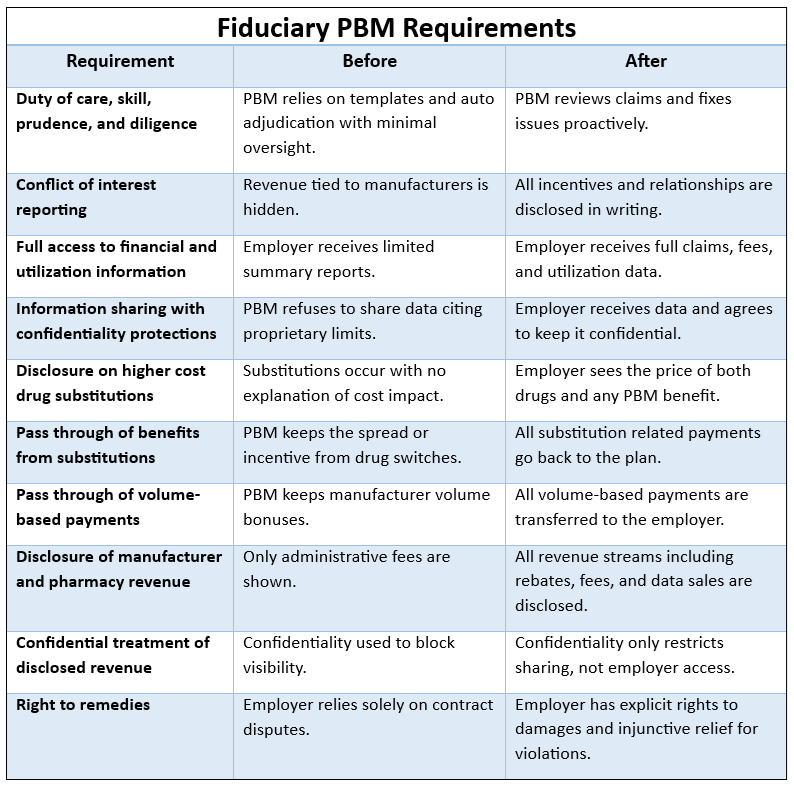
6. Passing Through Benefit from Substitutions
- Plain English: If the PBM earns money from switching to generic or other alternatives, that money goes to you.
- Before: The PBM keeps the spread or bonus tied to a substitution.
- After: Every dollar tied to a substitution is returned to the plan.
- Verification: Reconcile substitution payments against claims files to confirm full pass through.
7. Passing Through Volume Based Payments
- Plain English: Any payment the PBM gets for driving volume to certain drugs must go to the plan.
- Before: PBMs collect volume bonuses from manufacturers without employer knowledge.
- After: All volume based compensation is transferred to the employer.
- Verification: Require an annual manufacturer compensation statement signed by an officer.
8. Full Disclosure of Manufacturer and Pharmacy Revenue
- Plain English: The PBM must show every way it makes money from manufacturers and pharmacies.
- Before: Employers only see administrative fees listed in the contract.
- After: Employers see network fees, formulary payments, rebates, data sales, and more
- Verification: Require a schedule listing every revenue category tied to your plan.
9. Confidential Treatment of Disclosed Revenue
- Plain English: You receive the information but agree to keep it confidential.
- Before: PBMs use confidentiality claims to block transparency.
- After: PBMs share the data and rely on a standard nondisclosure agreement.
- Verification: Ensure the NDA protects PBM proprietary information without limiting oversight.
10. Right to Remedies
- Plain English: If the PBM violates fiduciary duty, the plan can seek damages and injunctive relief.
- Before: Employers rely solely on contract disputes with limited leverage.
- After: Employers have clear legal recourse when the PBM breaches its obligations.
- Verification: Confirm this right is explicitly written into your contract.
Critical Takeaways
- A fiduciary PBM must show every dollar it earns from your plan and pass through anything tied to drug costs.
- You should receive full access to claims data, pricing details, and manufacturer revenue.
- Substitutions, conflicts, and incentives must be disclosed in plain language so you can verify alignment.
Conclusion
Fiduciary duty is not marketing language. It is an operating system that requires discipline, transparency, and hands on management. Most PBMs are not built for this level of accountability because it forces them to give up revenue streams they have depended on for years. Our organization pioneered the fiduciary standard of care in pharmacy benefits, long before California’s law, and we have spent years showing employers what it looks like in daily operations. If you want clarity, you need a partner that actually lives this model.
Author Bio
Tyrone Squires is Managing Director of TransparentRx, the first pharmacy benefit manager to operate under a true fiduciary standard of care. He trains benefit leaders nationwide on how to lower drug spend without sacrificing outcomes. If you want help assessing where your plan stands, reach out for a fiduciary readiness review.

